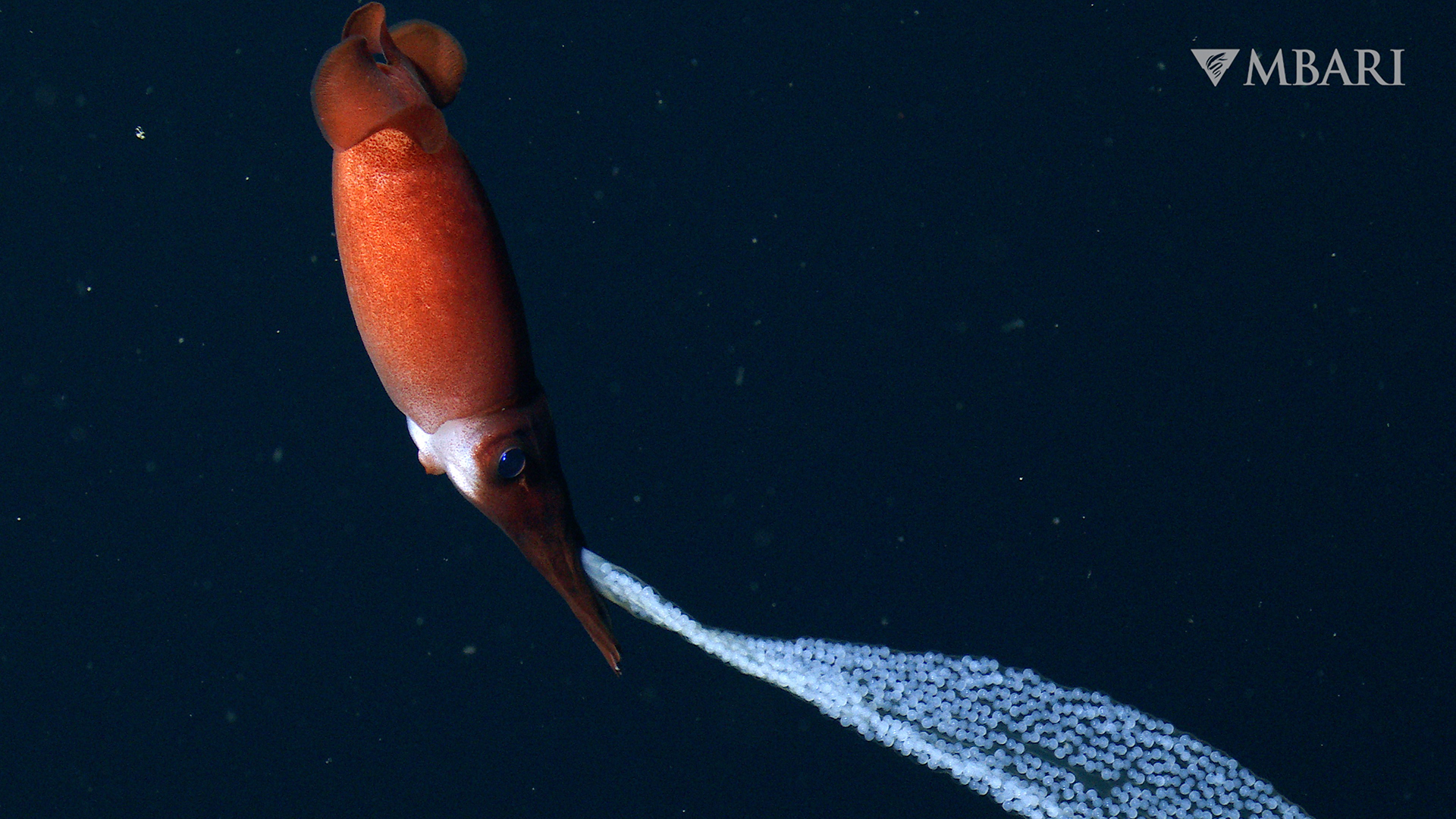The stunning filaments and coils of light that make up the Southern Ring Nebula were shaped by as many as five stars all orbiting one another in a complex dance
By Leah Crane

The Southern Ring Nebula. The left image highlights the very hot gas and the right image the stars
Joseph DePasquale/STScI
The Southern Ring Nebula is full of stars. It was once thought that nebulas, huge clouds of gas and debris in space, were created from the death of a single star, but this one’s swoops and whorls were formed by at least four stars orbiting one another – maybe even five.
Orsola DeMarco at Macquarie University in Australia and her colleagues viewed the nebula, also called NGC 3132, using the James Webb Space Telescope (JWST), and created a three-dimensional model to figure out its internal structure. “Ideally you would find the companion stars and wind back time. In practice you can’t do that, so you have to work like an investigator at the crime scene where the nebula itself is telling you what happened to it,” says De Marco.
When a star about the size of the sun dies, it sheds its outer layers and the stellar core left in the middle heats them and makes them glow. Before these new images, we knew that there were two other stars orbiting the main star that created the Southern Ring Nebulaone nearby and one distant.
Advertisement
The JWST images revealed a disc of dust around the primary star that must be caused by an additional companion star, orbiting even closer than the one we knew about – about the distance between Earth and the sun. We see no sign of the star itself, so it may have fallen in and merged with the primary star.
The outer edges of the nebula also show a series of arches that look a bit like the rings in a tree stump. The spacing of these rings allowed the researchers to calculate the distance between the primary star and the star that carved them into the expanding gas cloudwhich must be 40 to 60 times more distant than the star that created the disc of dust.
“Every time we’ve had rings like this, the only explanation that really works is that there is a companion around the star when the star is shedding, and as it orbits it imprints a track into the material,” says De Marco. “You need a companion to make the rings, but it cannot be the same companion that made the disc.”
Finally, the 3D model of the nebula revealed evidence of what may be a fifth star. The reconstruction looks a bit like a lumpy egg, and each bump is paired with another on the opposite side of the gas cloud. These lumps are most likely formed by jets from the central starbut the only way to give them the random orientations they seem to have would be through the chaotic orbits of three nearby stars. That would require an additional star orbiting the primary star and the extremely nearby one that made the disc of dust, making the Southern Ring a stellar quintet.
Sign up to our free Launchpad newsletter for a voyage across the galaxy and beyond, every Friday
More on these topics:
Note: This article have been indexed to our site. We do not claim legitimacy, ownership or copyright of any of the content above. To see the article at original source Click Here













